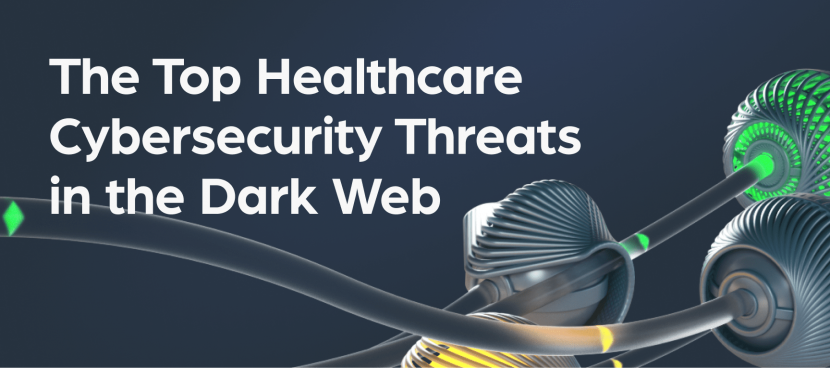In our first edition for 2022, we reveal that threat actors are discussing Log4j vulnerabilities on the dark web, the closure of popular marketplace Torrez, a new and emerging ransomware group targeting large companies and compromised AWS accounts we found ahead of the FlexBooker leak.

